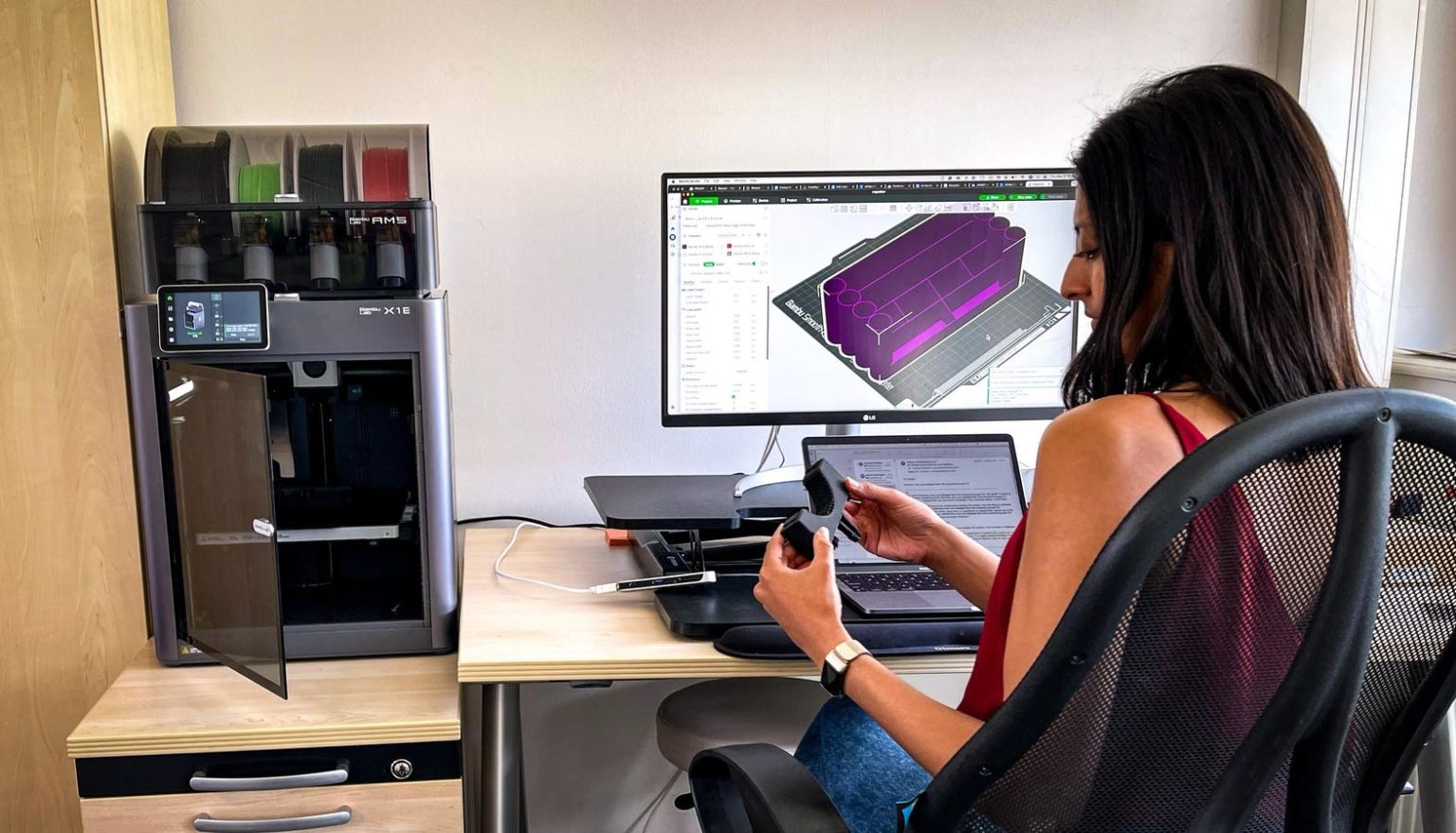The desktop 3D printing market saw a surge in sales in the fourth quarter of 2023, with nearly a million machines priced under $2,500 being shipped worldwide. What’s surprising is that it’s not just individual consumers buying these machines, but also businesses. Companies like Bambu Lab, a Shenzhen-based 3D printing company that experienced a 3,000% sales growth in 2023, are leading the way in making fast and easy-to-use machines that are appealing to both hobbyists and professionals in industries like industrial design and manufacturing.
The lower prices and improved quality of desktop 3D printers have made them more accessible to businesses, prompting more enterprises to explore the technology for the first time. With entry-level models like those offered by Bambu Lab, more employees within a company can have direct access to 3D printing, leading to increased adoption of the technology in various sectors. The goal of desktop 3D printer makers is to make the technology more accessible to a wider range of users, similar to how office paper printers have become commonplace in workplaces.
Bambu Lab disrupted the 3D printing space with their user-friendly technology innovations and consistent quality, attracting the attention of both consumers and professionals. Their success has led to other companies in the $1,000 – $2,000 price range to focus on the benefits that businesses can gain from investing in these machines. The introduction of easier-to-use 3D printers has made it possible for design teams to quickly prototype products and for companies to explore new applications of 3D printing in their operations.
While the consumer market for desktop 3D printers initially catered to hobbyists, there has been a shift towards producing machines targeted at businesses. Established companies like Creality and Anycubic have launched new products with features that make 3D printing easier and more consistent, following in the footsteps of Bambu Lab. These companies are also focusing on providing alternatives to traditional manufacturing methods for low volumes of parts and functional prototypes, creating new opportunities for businesses to utilize 3D printing technology.
The professional 3D printer market, which includes machines priced in the $2,500 – $20,000 range, has seen a decline in shipments due to the growing popularity of entry-level products that offer similar functionality at lower prices. However, companies like UltiMaker are still seeing demand for their higher-priced machines, especially for final prototypes and end-use parts. UltiMaker has also launched new machines aimed at disrupting the industrial 3D printing market and competing with established players like Stratasys. Other companies, like Prusa Research, are launching multi-material printers at attractive price points, further pushing the industry to innovate.
The democratization of 3D printing in the workplace is expected to continue in the coming years, with more companies incorporating the technology into their operations. The ease of use and lower barrier of entry for 3D printers have made it possible for anyone in an office to learn how to 3D print and fabricate models quickly and easily. As the industry evolves and companies like Bambu Lab continue to push the boundaries of what is possible with 3D printing technology, the potential for innovation and growth in the 3D printing market remains high.
Keep Reading
Subscribe to Updates
Get the latest creative news from FooBar about art, design and business.
© 2024 Globe Echo. All Rights Reserved.















